Answer the questions based on the dinucleotide shown below :

(i)Name the type of sugar guanine base is attached to ?
(ii)Name the linkage connecting the two nucleotides
(iii)Identify the 3' end of the dinucleotide. Given a reason for your answer.
(i)Ribose sugar
(ii)There is phosphodiester linkage between sugar residues of adjacent nucleotides.
(iii)3' end of the nucleotide is uracil because ribose attached to uracil has a free 3'-OH group
Topper's Solved these Questions
- BOOK - TRUEMEN BIOLOGY ENGLISHCHAPTER - GENETICS AND EVOLUTION EXERCISE - SECTION-C45videos
GENETICS AND EVOLUTION
- BOOK - TRUEMEN BIOLOGY ENGLISHCHAPTER - GENETICS AND EVOLUTION EXERCISE - SECTION-D25videos
GENETICS AND EVOLUTION
- BOOK - TRUEMEN BIOLOGY ENGLISHCHAPTER - GENETICS AND EVOLUTION EXERCISE - SECTION-D25videos
GENETICS AND EVOLUTION
- BOOK - TRUEMEN BIOLOGY ENGLISHCHAPTER - GeneticsEXERCISE - ASSERTION AND REASON122videos
Genetics
- BOOK - TRUEMEN BIOLOGY ENGLISHCHAPTER - HUMAN HEALTH AND DISEASEEXERCISE - MULTIPLE CHOICE QUESTIONS209videos
HUMAN HEALTH AND DISEASE
Similar Questions
Study the diagram given below and then answer the questions that follow :
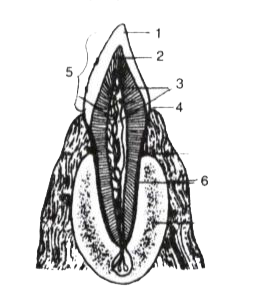
Identify the tooth and give a reason to support your answer.View SolutionStudy the diagram given below and then answer the questions that follow :
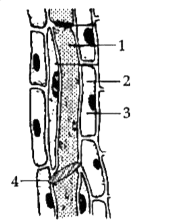
Identify the tissue and give a reason to support your answer.View SolutionThe diagram given below represents a stage during cell division. Study the same and then answer the questions that follow :

Identify the above stage and give a reason to support your answer.View SolutionGiven below are the sketches of two types of cells A and B
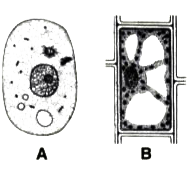
Which one of these is a plant cell? Give reason in support of your answer.View SolutionThe diagram given below represents the location and structure of an endocrine gland. Study the same and answer the questions that follow:
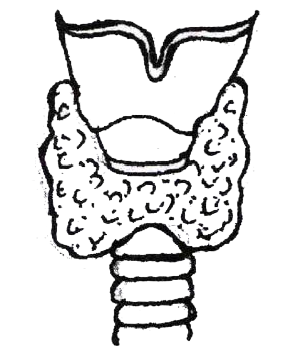
(i) Name the endocrine gland shown in the diagram.
(ii) Name the secretion of the gland which regulates basal metabolism
(iii) Name the mineral element required for the synthesis of the above mentioned hormone.
(iv) Name the disease caused due to undersecretion of the above mentioned hormone in children.
(v) Name the disease caused due to hypersecretion of the above mentioned hormone .View SolutionTwo types to aquatic organisms in a lake show specific growth patterns as shown below, in a brief period of time. The lake is adjacent to an agricultural land extensively with fertilisers.
Answer the question based on the facts given above :
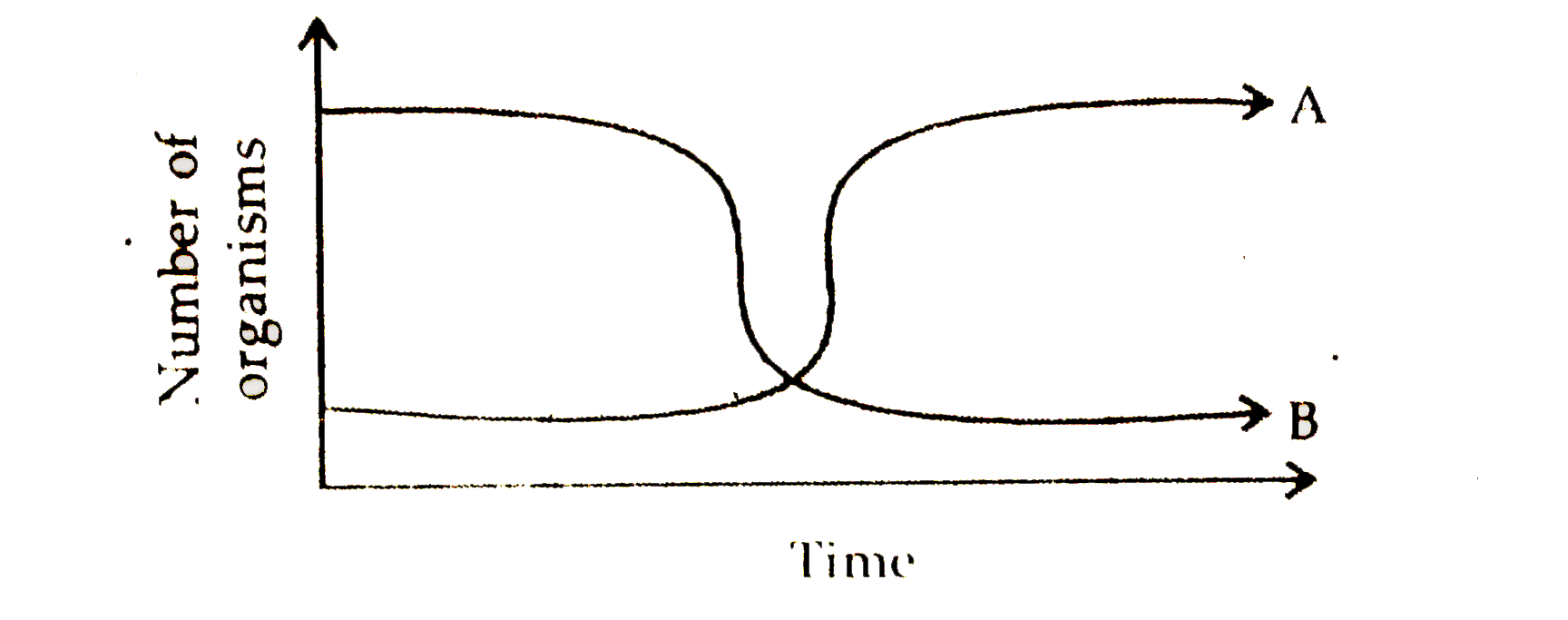
(i) Name the organisms depicting the patterns A and B.
(ii) State the reason for the growth pattern seen in A.
(iii) Write the effects of the growth patterns seen above.View SolutionTwo types to aquatic organisms in a lake show specific growth patterns as shown below, in a brief period of time. The lake is adjacent to an agricultural land extensively with fertilizers.
Answer the question based on the facts given above :

(i) Name the organisms depicting the patterns A and B.
(ii) State the reason for the growth pattern seen in A.
(iii) Write the effects of the growth patterns seen above.View SolutionGiven below is a diagram depicting a defect of the human eye, study the same and then answer the questions that follow:

(i) Name the defect shown in the diagram.
(ii) What are the two possible reasons that cause this defect?
(iii) Name the type of lens used to correct this defect.
(iv) With the help of a diagram show how the defect shown above is rectified using a suitable lens.View SolutionAnswer the following questions :
Name two bases which do not decompose on heating.View Solution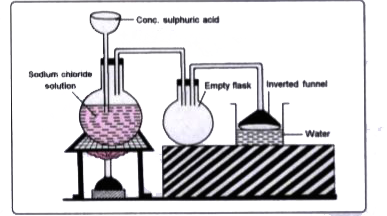
Study the phenomenon and answer the questions given below:
Name the process whose remedy is shown in the figure.View Solution

